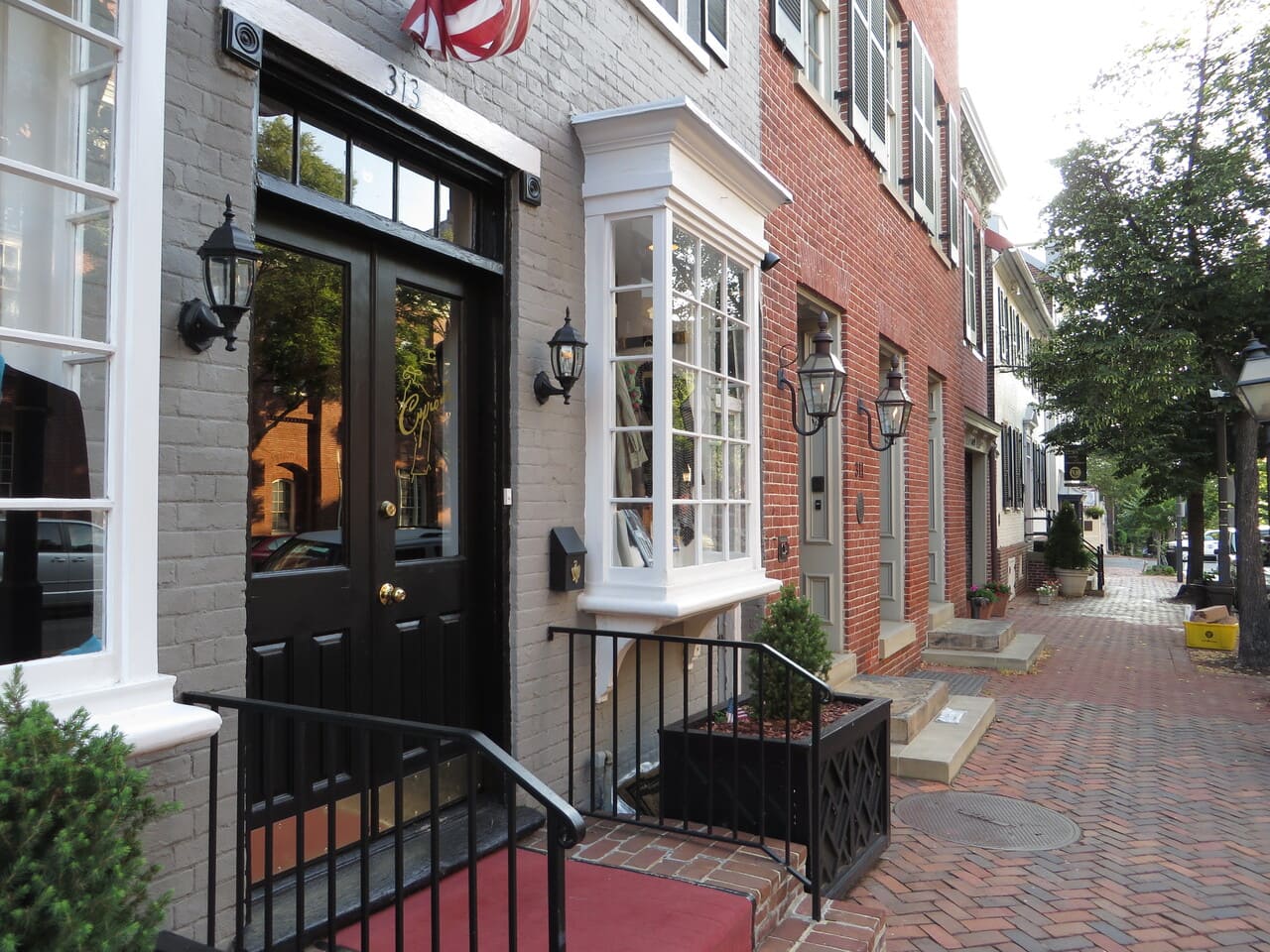
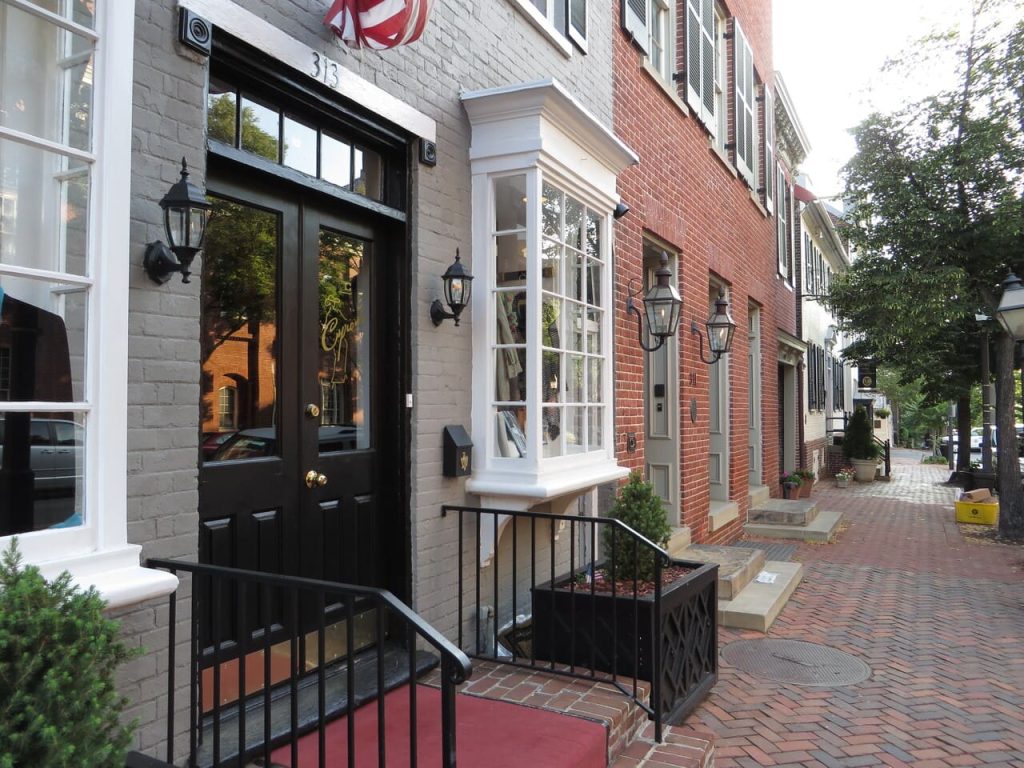 Ken Lund from Reno, Nevada, USA, CC BY-SA 2.0/Wikimedia Commons
Ken Lund from Reno, Nevada, USA, CC BY-SA 2.0/Wikimedia Commons
Living in a place built for walking changes how you move through your day. You can grab coffee, reach the train, head to the park, or meet friends without thinking about traffic or parking. When sidewalks feel safe and streets invite you to wander, you discover your city in a more personal way. You notice storefronts you would miss in a car, chat with neighbors, and live at a slower pace. You save money and reduce stress along the way. This blog highlights a few American cities and neighborhoods where walking fits naturally into everyday life.
1. Manhattan, New York
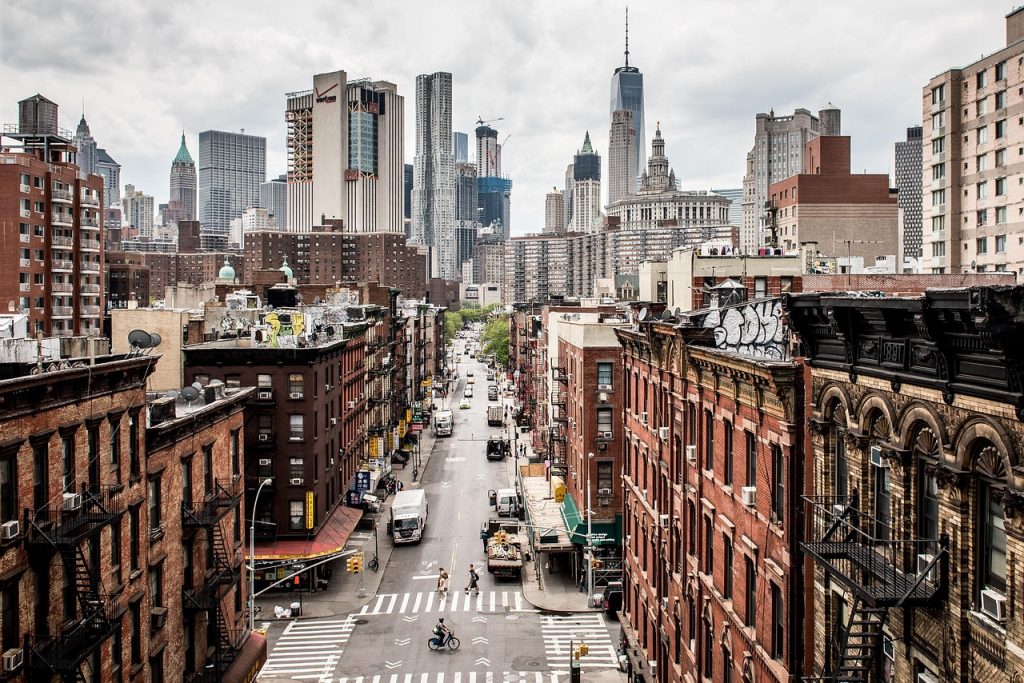 Jo Wiggijo / Pixabay
Jo Wiggijo / Pixabay
You feel what walkability means the moment you step into Manhattan. The grid layout makes it easy to navigate, and you can run almost every daily errand without ever touching a steering wheel. Grocery stores, delis, pharmacies, parks, subway stations, and workplaces sit close together, so you can move quickly and efficiently on foot. Walking here also gives you a constant sense of discovery because each block has new storefronts, small businesses, and street activity you would never notice from a car. With reliable trains and frequent bus service, you can travel long distances fast without worrying about parking or gas. Manhattan shows you how a dense neighborhood can make city life feel energetic, accessible, and personal at the same time.
2. North Beach and Chinatown, San Francisco
 K Dublin / Pixabay
K Dublin / Pixabay
These two San Francisco neighborhoods give you an experience that reminds you how rewarding everyday walking can be. You can grab dim sum, visit a bakery, stop by a bookstore, and reach the waterfront all within a few minutes. Streets here are narrow, busy, and full of life, which slows cars and makes the environment feel welcoming for pedestrians. You can explore side streets packed with local shops instead of driving through them without noticing what they offer. Transit connections from the area also make it simple to reach the Financial District, Fisherman’s Wharf, or Market Street without a car. If you love the feeling of stepping out your door and instantly joining neighborhood life, these communities give you that energy and convenience on a daily basis.
3. Back Bay and Beacon Hill, Boston
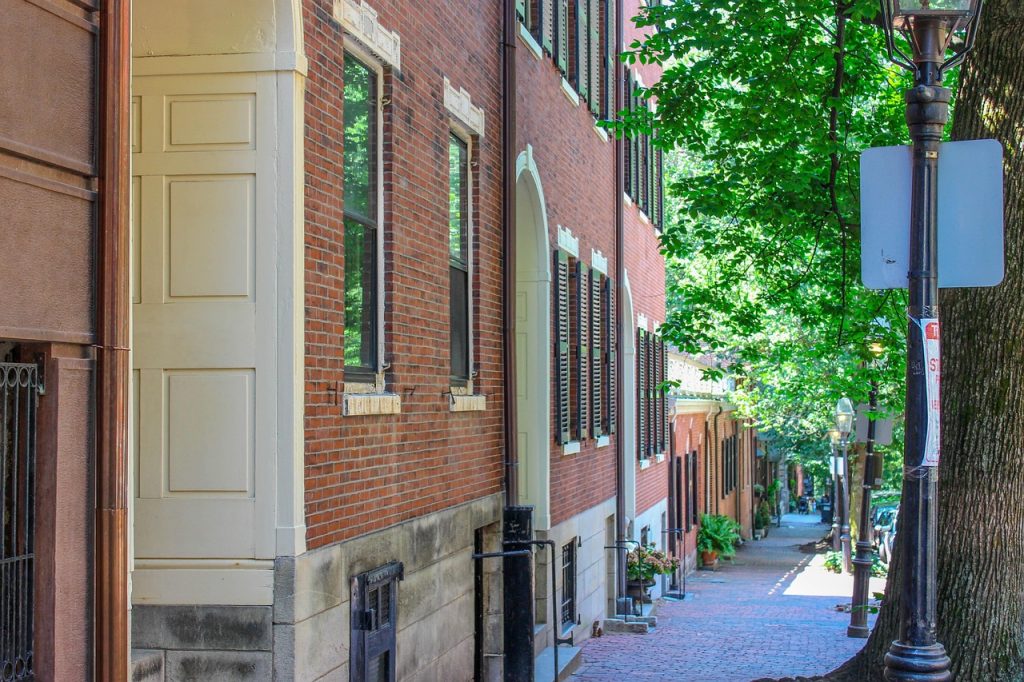 Oscar / Pixabay
Oscar / Pixabay
When you walk through these historic Boston neighborhoods, you see how well older city planning supports modern pedestrian life. Sidewalks are wide, buildings sit close to the street, and everyday necessities are scattered within short distances, which means you can handle errands, meet friends, and reach parks without planning a full outing. You also have easy access to subway and bus lines, so longer trips never feel stressful. Walking past brick townhomes and tree-lined streets adds a sense of character that makes everyday movement feel relaxed instead of rushed. Because so many residents get around on foot, local businesses stay lively and service oriented. These neighborhoods show you how traditional city design still creates comfort, charm, and efficiency in a way that suits contemporary lifestyles.
4. Pearl District, Portland
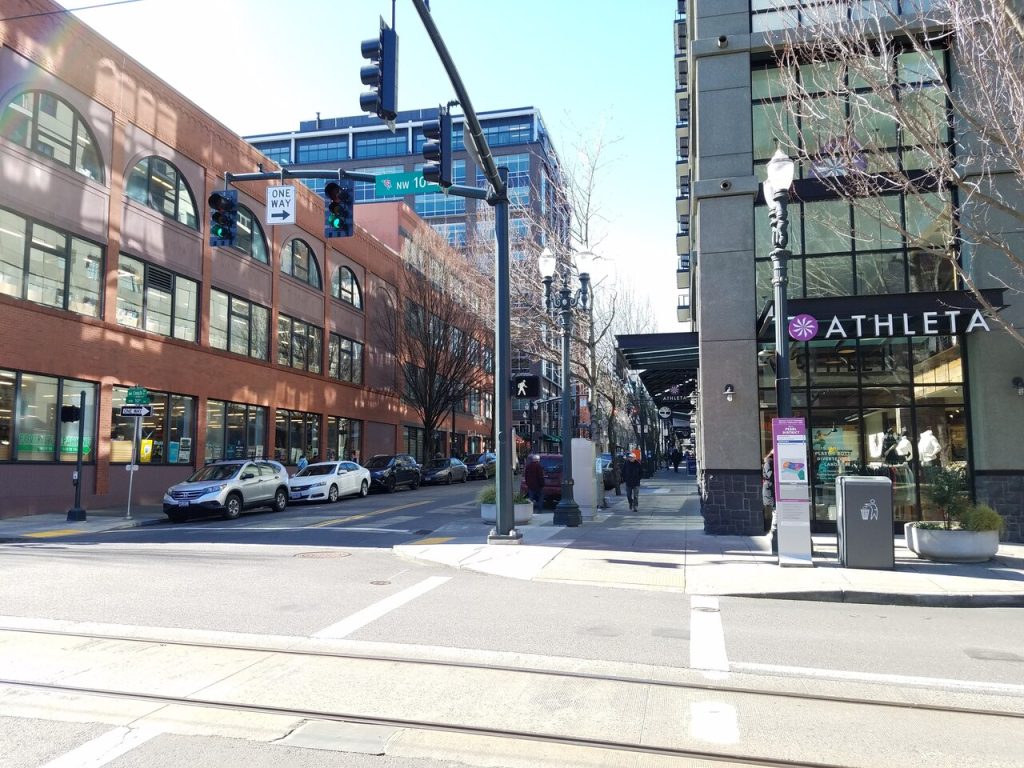 Buzzlovestravel, CC BY-SA 4.0 / Wikimedia Commons
Buzzlovestravel, CC BY-SA 4.0 / Wikimedia Commons
You see why walking feels easy in the Pearl District as soon as you start moving through its compact grid of art galleries, coffee shops, parks, and light rail stops. You can handle daily errands on foot without losing time in traffic, and the mix of new apartments and renovated warehouses gives the neighborhood a sense of identity that feels lived in rather than polished for visitors. Wide sidewalks, frequent bike lanes, and a steady stream of local foot traffic keep the area lively and safe, while transit connections make longer trips simple without needing a car.
5. Capitol Hill, Seattle
 Dllu, CC BY-SA 4.0 /Wikimedia Commons
Dllu, CC BY-SA 4.0 /Wikimedia Commons
This Seattle neighborhood gives you what many walkable areas aim for: a place where you can step outside and reach grocery stores, parks, restaurants, nightlife, and transit in just a few minutes. The streets feel active at most hours, which makes everyday walking feel secure and social. You can grab coffee, visit a bookstore, and head to work without planning a route that depends on parking or car delays. Capitol Hill’s dense housing and consistent foot traffic help small businesses thrive, and reliable light rail service lets you reach other parts of the city quickly.
6. Loop and River North, Chicago
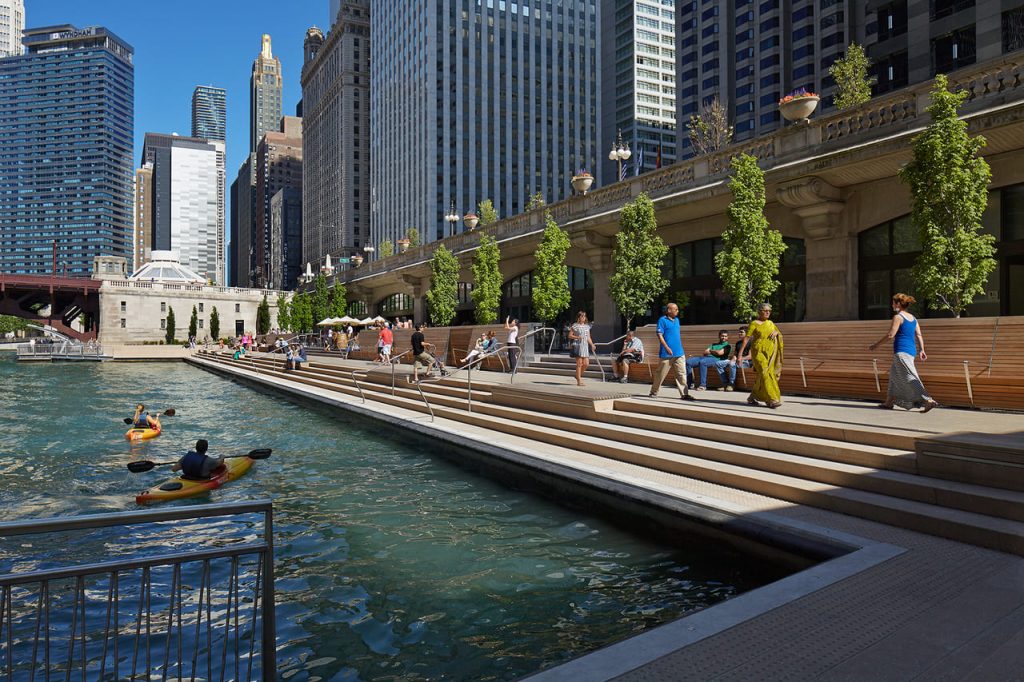 Jrbarc!, CC BY-SA 4.0 / Wikimedia Commons
Jrbarc!, CC BY-SA 4.0 / Wikimedia Commons
Walking through Chicago’s Loop and River North shows you how a major business district can still feel comfortable for pedestrians. You can reach trains, parks, theaters, offices, and shops within a few blocks without needing to drive. Daily movement stays quick because the city organizes transit stops and pedestrian crossings in ways that support heavy foot traffic. River North adds a more residential and nightlife-oriented atmosphere, so you get both practicality and personality in the same area. With so much activity within close range, you rarely feel disconnected from what you need or want to do.
7. Downtown Portland, Maine
 Seasider53, CC BY 4.0 / Wikimedia Commons
Seasider53, CC BY 4.0 / Wikimedia Commons
You feel the benefits of walkability in downtown Portland because most essentials sit close together, from farmer’s markets and seafood spots to museums and waterfront trails. Streets are calm enough that you can explore without hurrying, and the mix of small businesses encourages browsing on foot rather than driving between errands. Public spaces give you reasons to stop, sit, and enjoy the area instead of rushing through. Even though the city is compact, bus lines and pedestrian-friendly design make it simple to reach nearby neighborhoods without worrying about parking or long commutes.
8. Old Town Alexandria, Virginia
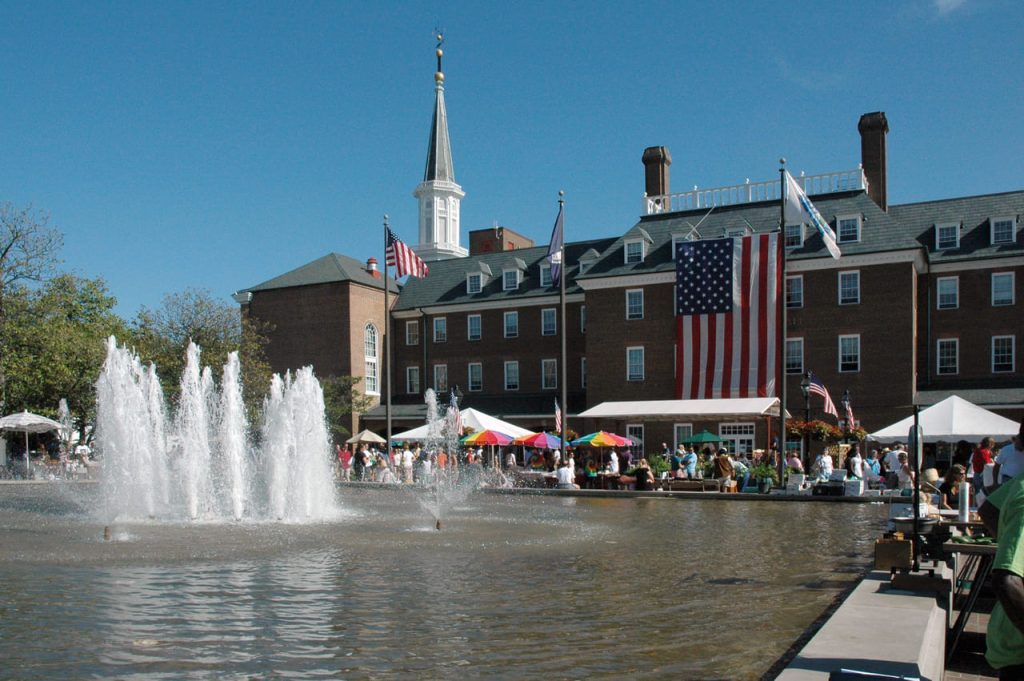 DimiTalen, CC0/ Wikimedia Commons
DimiTalen, CC0/ Wikimedia Commons
You can explore Old Town Alexandria entirely on foot while taking care of everyday needs, from grocery shopping to reaching the waterfront or grabbing a meal. The narrow street grid and historic rowhouses keep traffic slower and more predictable, which makes walking feel relaxed instead of rushed. Small shops and restaurants fill the area with activity, so your daily trips never feel dull or repetitive. Transit stations connect you quickly to Washington, making it easy to live without a car even if you work in the city. The neighborhood shows you how historic planning still supports modern urban living.
Like this post? share it, or pin it for later!
Like this:
Like Loading…
Related
Please visit:
Our Sponsor
